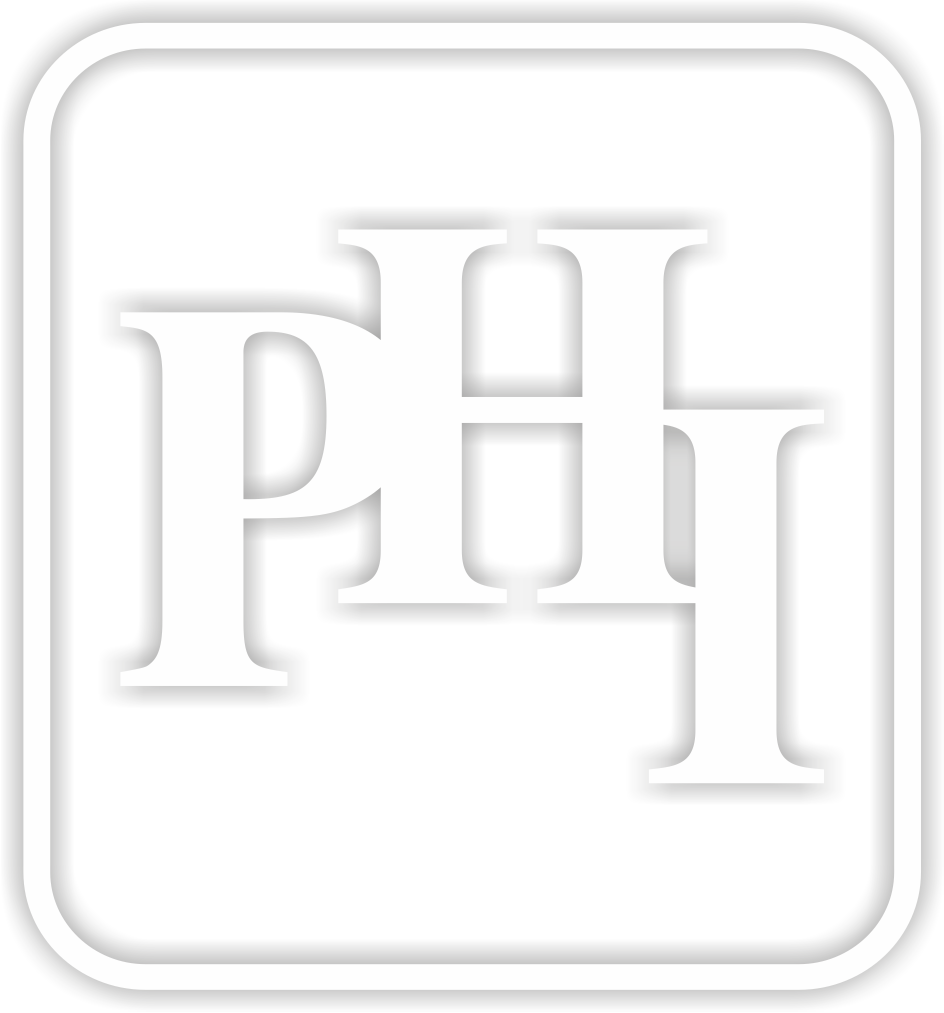We at PHI Learning believe e-textbooks are extremely useful for students. We believe e-books are easily transportable, customizable, easy to store, and convenient to make notes on. These features are particularly useful for young students who usually prefer technology and like to study on their digital devices. At PHI Learning, we publish eBook versions of all our print books. Accessible on various e-reading platforms, our e-books are created with the intent to enhance the convenience and reading experience of students and teachers. Our e-textbooks enable students to customize how they study, transport their textbooks conveniently, and access their books no matter where on campus they are.
PHI Learning is your go-to destination for exceptional e-books that cater to the curious minds of students, researchers, and academics alike. We’re proud to present a vast collection of digital resources designed to revolutionize the way you learn and explore the realms of knowledge.
🔍 Unrivaled Content: Our e-books cover a wide array of subjects, spanning from science and technology to humanities and social sciences. Immerse yourself in meticulously crafted content authored by esteemed scholars and experts in their respective fields. Dive deep into the latest research, gain profound insights, and stay ahead in your academic pursuits.
💡 Interactive Experience: We believe that learning should be a dynamic and engaging process. That’s why our e-books go beyond mere static text. Experience the future of education with interactive features such as embedded multimedia, simulations, quizzes, and hyperlinks, enhancing your understanding and fostering an immersive learning environment.
📱 Anytime, Anywhere Access: With our user-friendly e-book platform, you can access your entire library with just a few clicks. Whether you’re on your laptop, tablet, or smartphone, our e-books adapt seamlessly to any device, ensuring a hassle-free reading experience at your convenience. Study on the go, from the comfort of your home, or even during your daily commute.
💻 Advanced Tools: Unlock the full potential of our e-books with advanced tools designed to enhance your research and study sessions. Highlight important sections, make personal annotations, and easily search for specific topics. Say goodbye to flipping through countless pages—our intuitive search feature allows you to find information in an instant.
🌐 Stay Updated: The academic landscape is constantly evolving, and we’re committed to keeping you at the forefront of knowledge. Our e-books are regularly updated to include the latest research, theories, and discoveries. You can trust that you’ll always have access to the most relevant and up-to-date content in your field of interest.
🌍 Join the Digital Revolution: Embrace the future of academic resources and join our ever-growing community of learners. With our e-books, you’ll have the world of knowledge at your fingertips, enabling you to excel in your studies, broaden your intellectual horizons, and embark on a journey of lifelong learning.
🔖 Visit our website https://www.phindia.com/PHI/AboutEbooks today and unlock the boundless potential of our e-books. Empower your mind, fuel your intellectual curiosity, and embrace a new era of learning.
